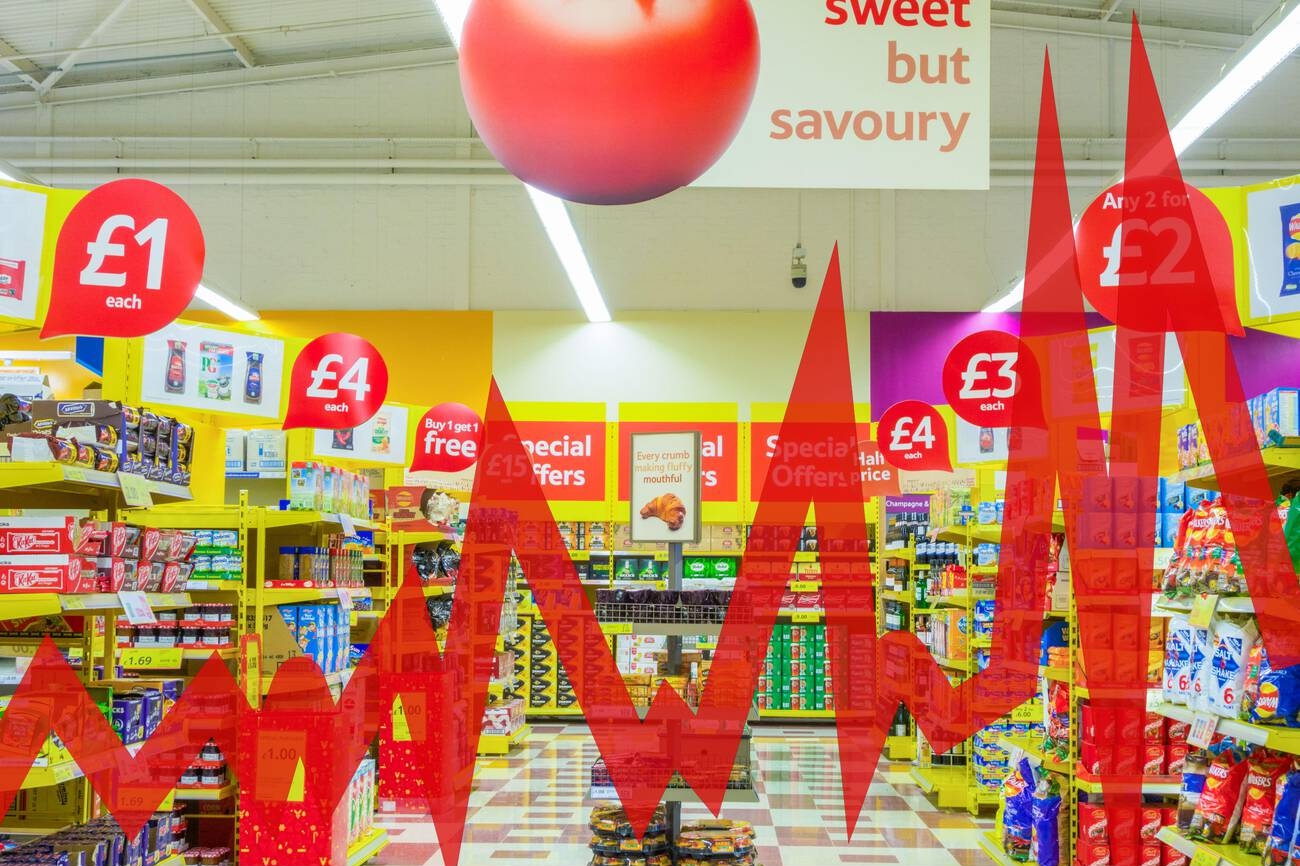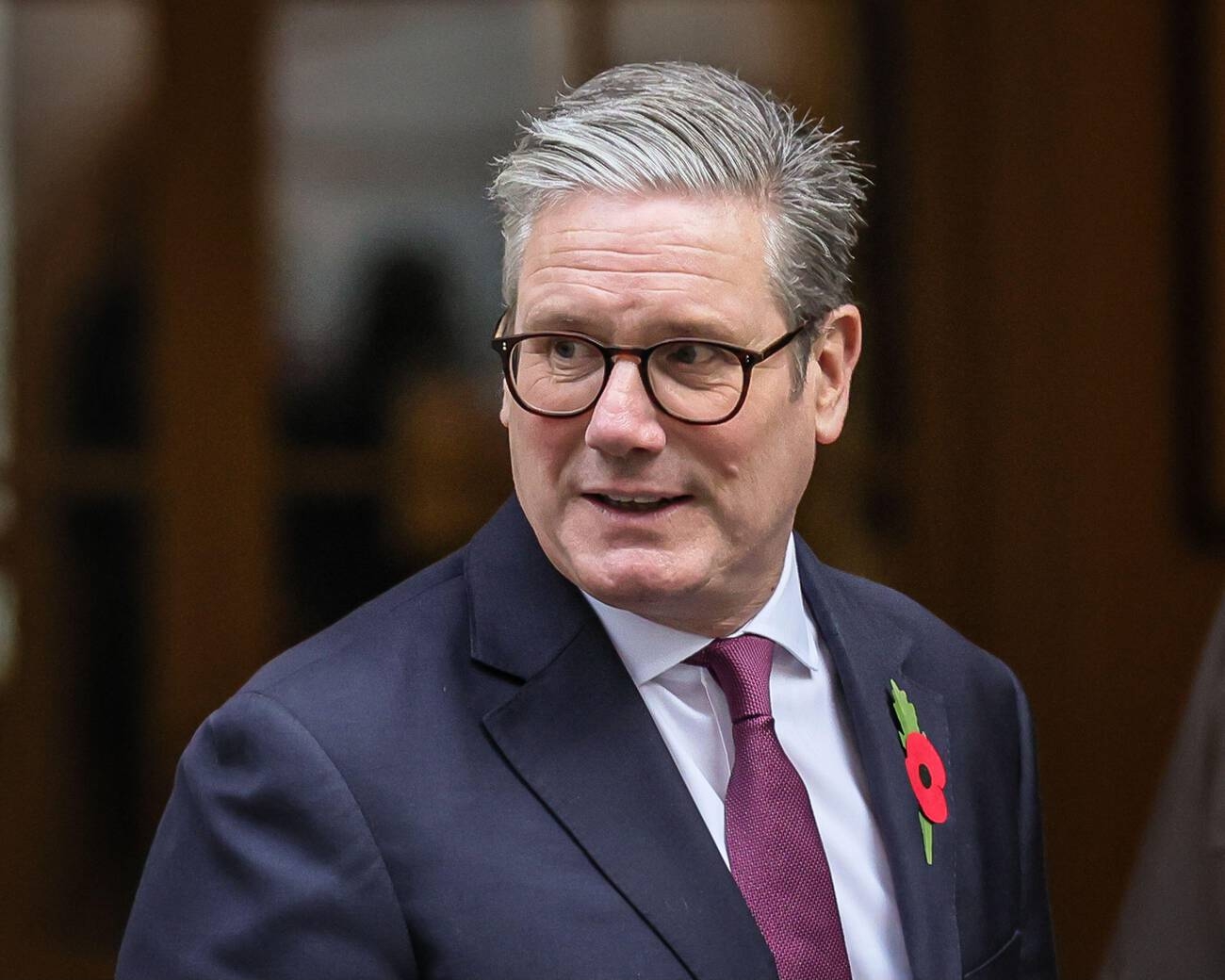The UK Government’s Debt Crisis: More Borrowing, Less Spending
The UK Government’s debt crisis has hit its peak. Government debt signifies the sum of money the government owes,

The UK Government’s debt crisis has hit its peak. Government debt signifies the sum of money the government owes, accumulated over many years. On the other hand, borrowing represents the gap between public sector expenditure and tax income during a particular period. In the last full financial year, to March 2025, the government borrowed £151.9bn. Borrowing in March alone stood at £16.4bn, which was £2.8bn more than a year earlier.
If the government has to set aside more cash to pay debts, it may have less to spend on public services. Some economists fear the government is borrowing too much at too great a cost.
The UK Government’s Debt Crisis: ONS
The Office for National Statistics (ONS) figures also showed that the government borrowed more than expected in June. Government debt signifies the sum of money the government owes, accumulated over many years. On the other hand, borrowing represents the gap between public sector expenditure and tax income during a particular period. Chief Secretary to the Treasury, Darren Jones, commented that the newest statistics served as a “clear reminder” of the “worst economic inheritance” since the Second World War.
Economists are worried about the UK government’s debt crisis. The Office for National Statistics (ONS) data shows the shortfall between government income and spending as £151.9 billion. This is overshooting the £137.3 billion forecast just a month ago by the Office for Budget Responsibility by over 10%.
UK Government Debt Crisis: To Borrow or Not, It Matters
Governments borrow to fund “day-to-day” spending and long-term infrastructure projects like the Elizabeth Line. Typically, the UK government’s expenditure surpasses the amount it collects through taxes, which constitute its primary source of income. This is illustrated by workers paying income tax and national insurance, individuals paying VAT on particular goods, and companies being taxed on their profits.
The UK government’s debt crisis is evident throughout Britain. However, the government covers the gap by raising taxes, cutting spending or borrowing. When taxes are higher, individuals possess less disposable income, reducing business profits and, consequently, lowering tax payments from companies. This often prompts governments to choose borrowing to stimulate the economy. Moreover, the government borrows money by selling financial products called bonds. A bond promises to pay money in the future, but with more interest.
The UK Government’s Debt Crisis: How much the UK government borrows
The government’s borrowing fluctuates from month to month. For instance, it tends to borrow less in January, when many people pay a large chunk of their annual tax bill in one go. In the last full financial year, to March 2025, the government borrowed £151.9bn. Borrowing in March alone stood at £16.4bn, which was £2.8bn more than a year earlier.
A bar chart shows the UK’s net borrowing, excluding public sector banks, from March 2023 to March 2025. In March 2023, public sector net borrowing stood at £17.5 billion. It fell to £13.6 billion in March 2024 before rising to £16.4 billion in March 2025. In the previous full financial year to March 2024, the government borrowed £131.2bn.
The UK Government’s Debt Crisis: National Debt and Interest
The total amount the government owes is called the national debt. However, it is more accurately described as public, that is to say, the UK Government owes it. It is currently about £2.8 trillion – or £2,800,000,000,000. That is roughly the same as the value of all the goods and services produced in the UK in a year. It is the gross domestic product, or GDP. Borrowing in the FYE March 2025 was provisionally estimated at 5.3% of the UK’s gross domestic product (GDP). It is 0.5% more than in the same twelve-month period a year earlier and the eighth-highest value since 2009.
The larger the national debt, the more interest the government pays. That cost was not as great when interest rates were low during the 2010s. However, it became more noticeable after the Bank of England raised interest rates in 2021. The amount of interest the government pays on national debt also varies from month to month. It was £4.3bn in March 2025. This was £1.3bn more than in March 2024. Moreover, it is the highest March since monthly records began in 1997. Even though it is only £0.2bn above the previous record set in March 2023. In early January 2025, interest rates for long-term borrowing rose to their highest levels this century before falling back.
The UK Government’s Debt Crisis: Borrow More, Spend Less
If the government has to set aside more cash to pay off debts, it may have less to spend on public services. Some economists worry that excessive government borrowing leads to unduly high expenses. If the government spends more money compensating the debts, there will be no money for the Chancellor to spend on the sections of public services. The government spent more than 8% on servicing its debt.
After the increase in interest rates in January, economists warned that the government was “on course” to miss its borrowing targets. The government will now track a broader measure of debt called public sector net financial liabilities (PSNFL). This includes, for example, the government’s money from people repaying their student loans.
The UK Government’s Debt Crisis: Three Problems
Yields on gilts, of the UK government bonds, nevertheless, soaring yields highlight three problems for the UK. Yields rise when the price of bonds falls. Therefore, the price of bonds falls when there is an increase in yields. The first is that rising borrowing costs will wipe out Reeves’ room for fiscal manoeuvre. She must curtail public spending unless bond markets stage a spectacular U-turn. On the other hand, she has to hike taxes later this year to meet her self-imposed fiscal rules. Neither is a good political or economic option for the Labour government.
The second issue is structural. Finally, unsettled fixed-income markets raise whether Boe should sell bonds of 100 billion pounds annually. Slowing down or pausing the Bank’s “quantitative tightening” program would probably add fuel to the fire. The three problems are deepening the UK government’s debt crisis. When yields rise, the government must pay more to compensate for the borrowing.









